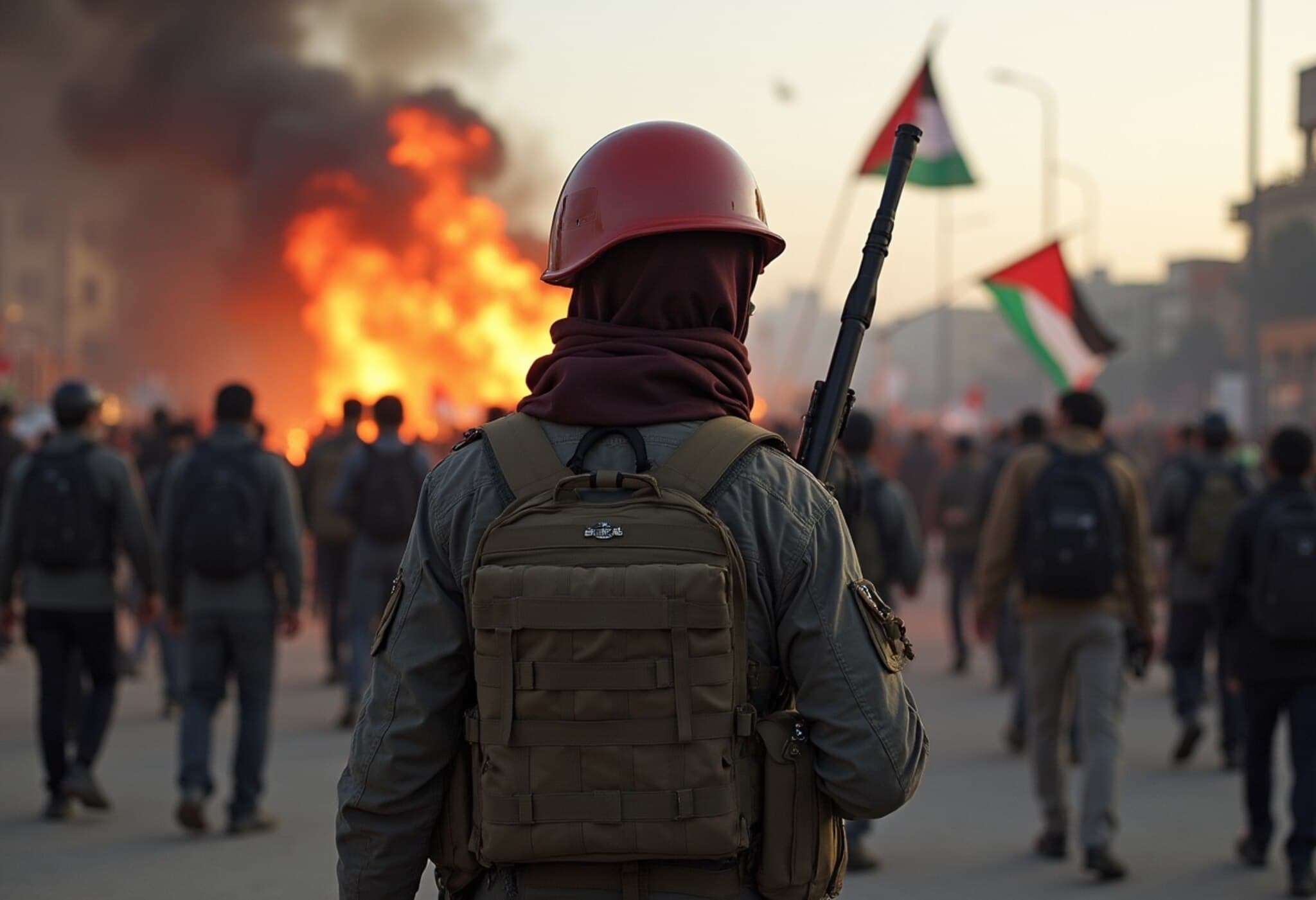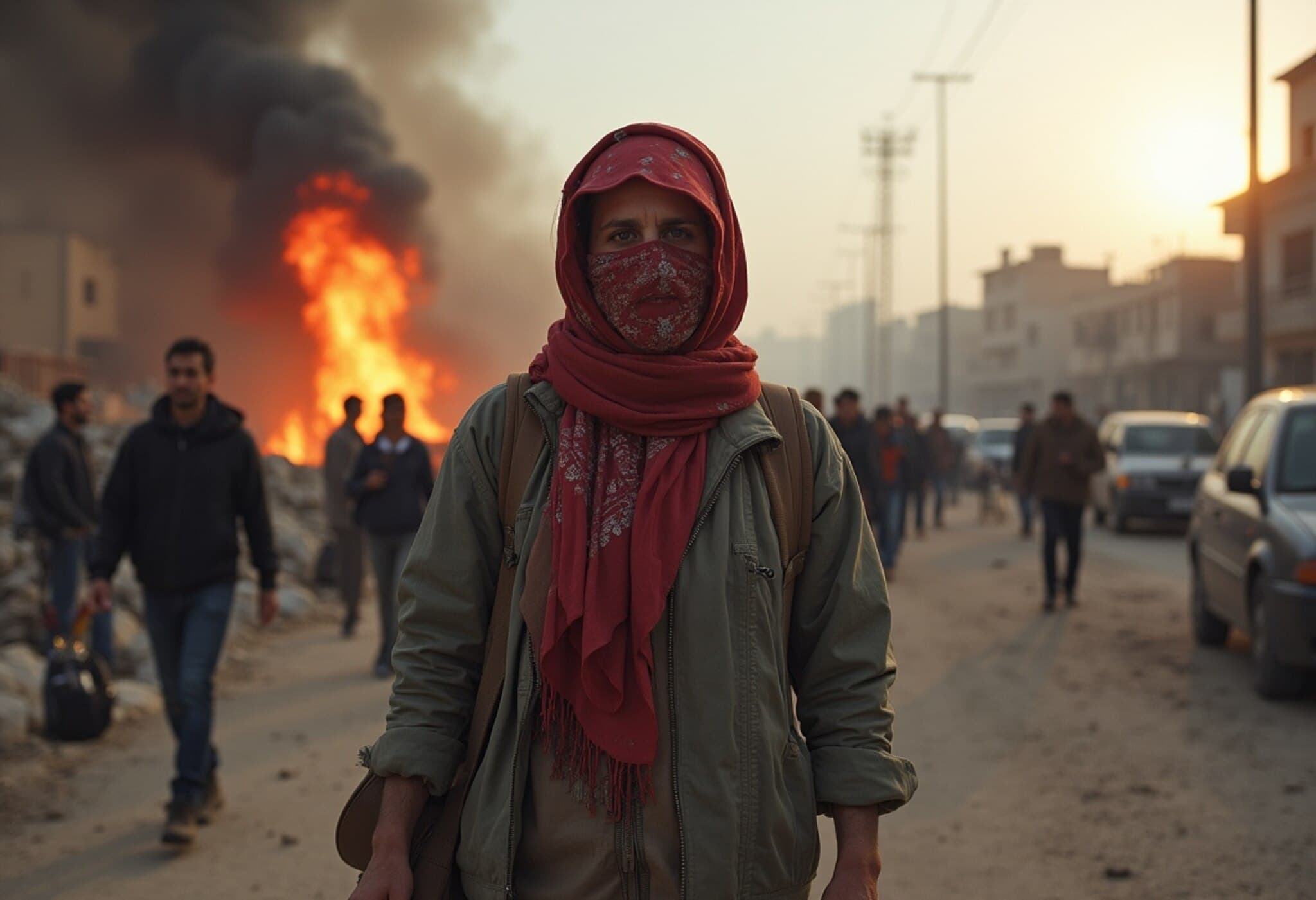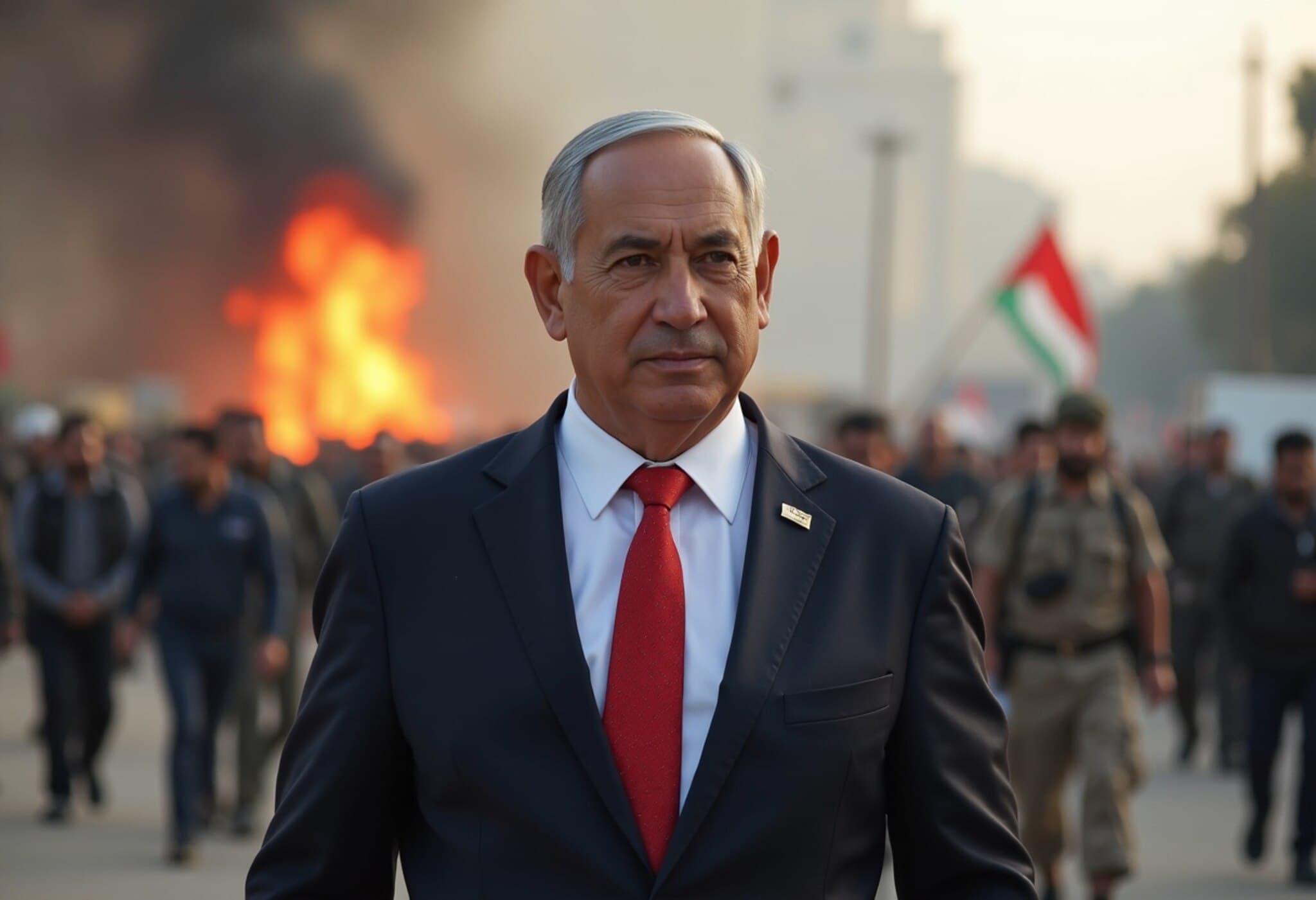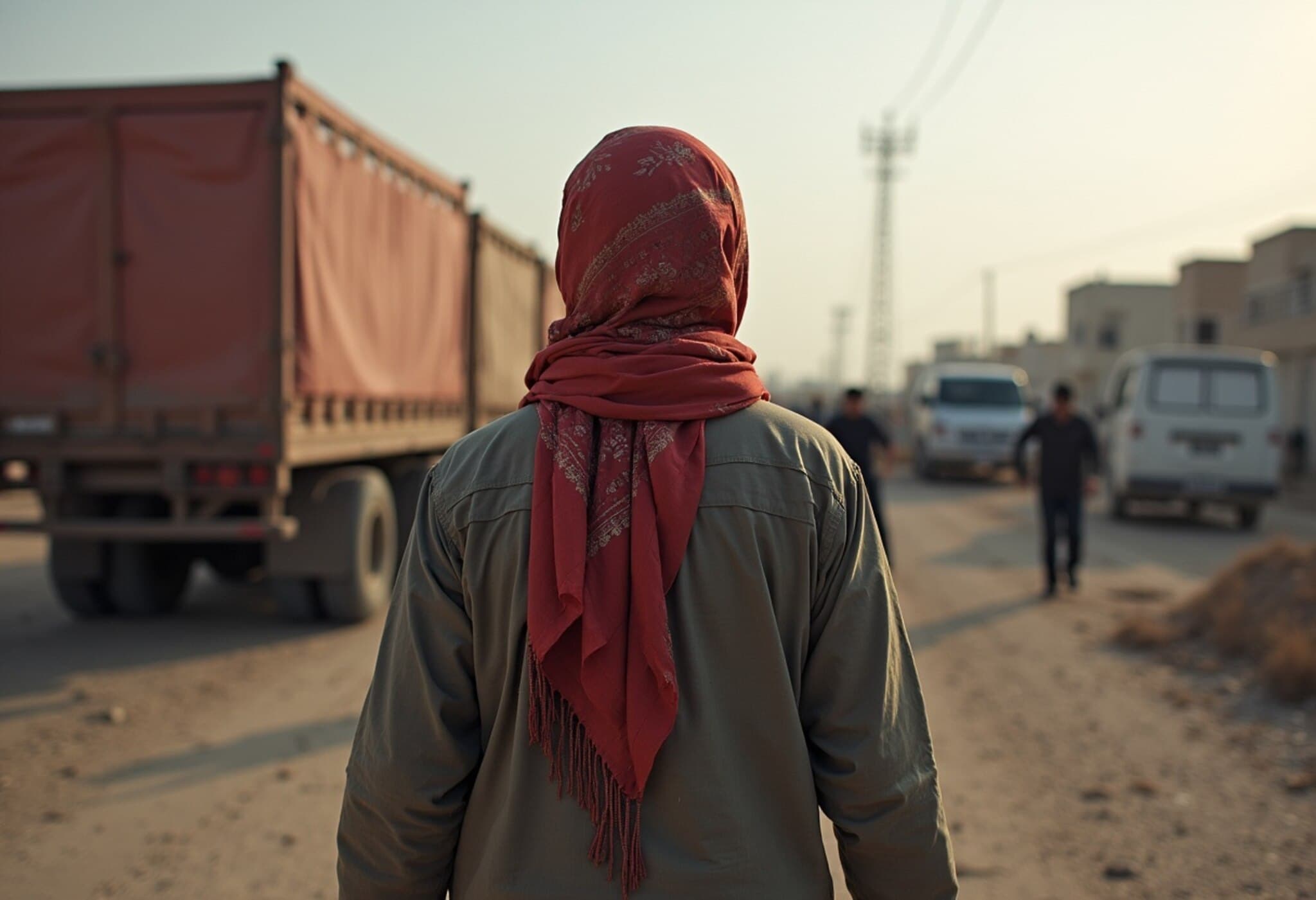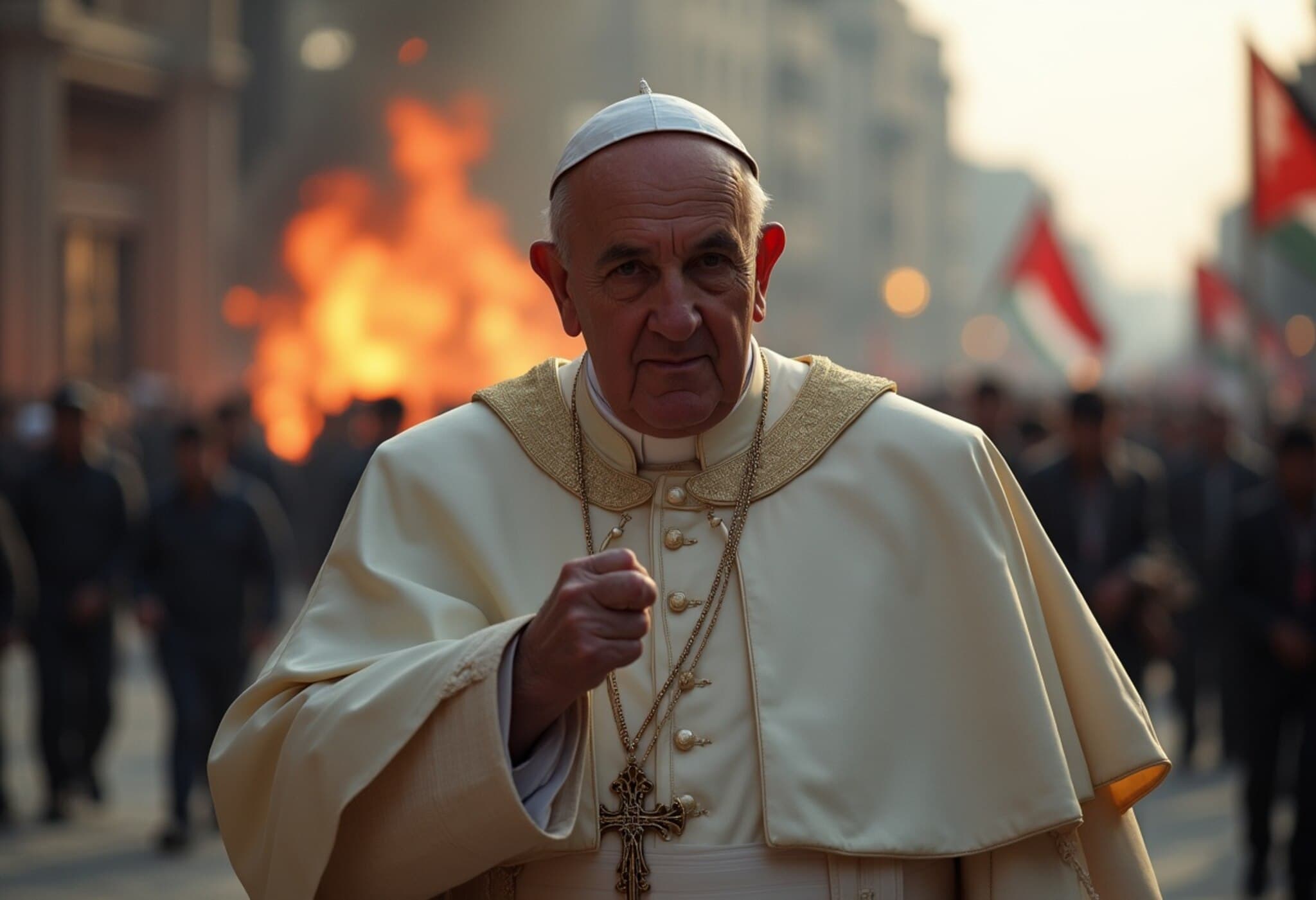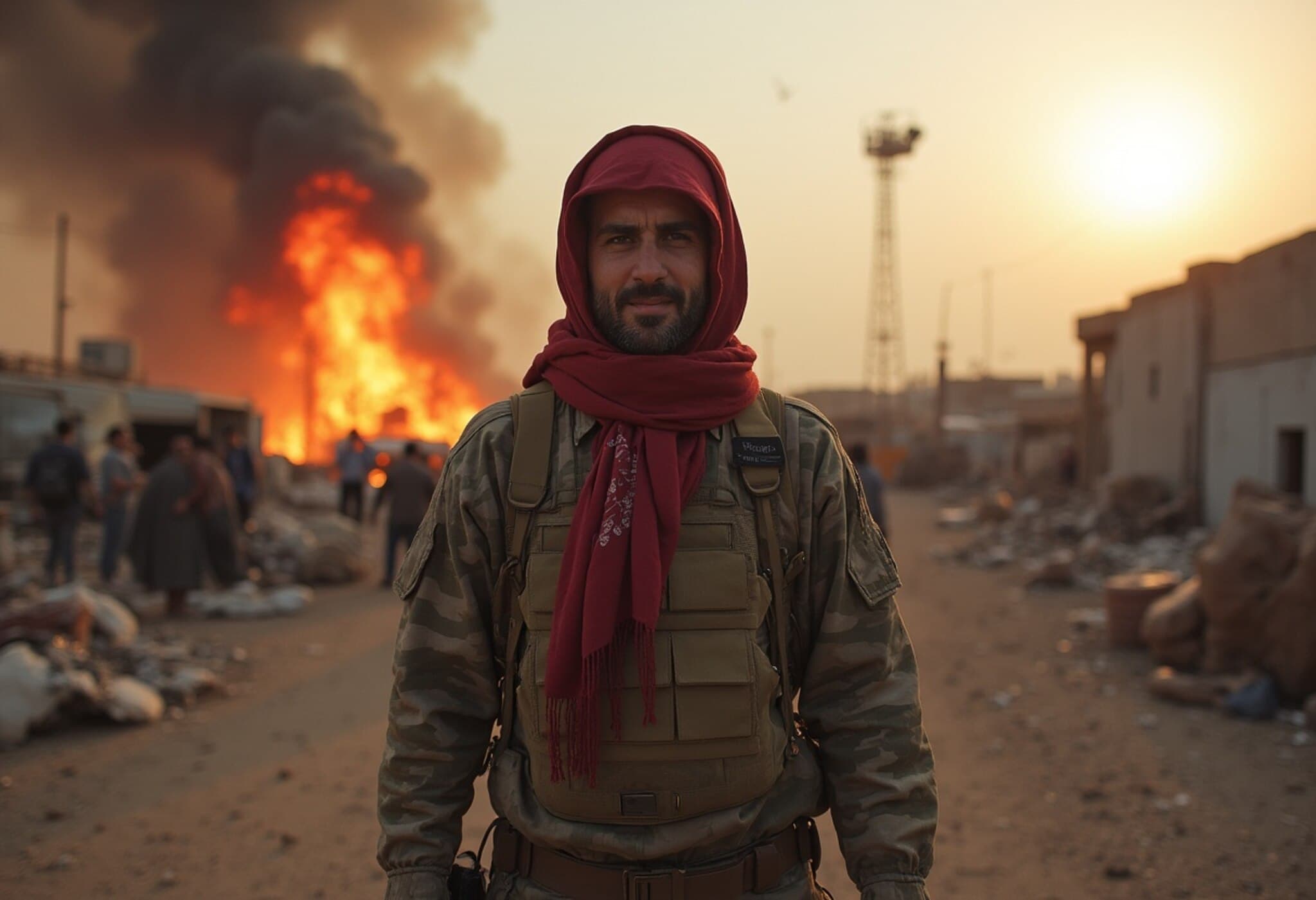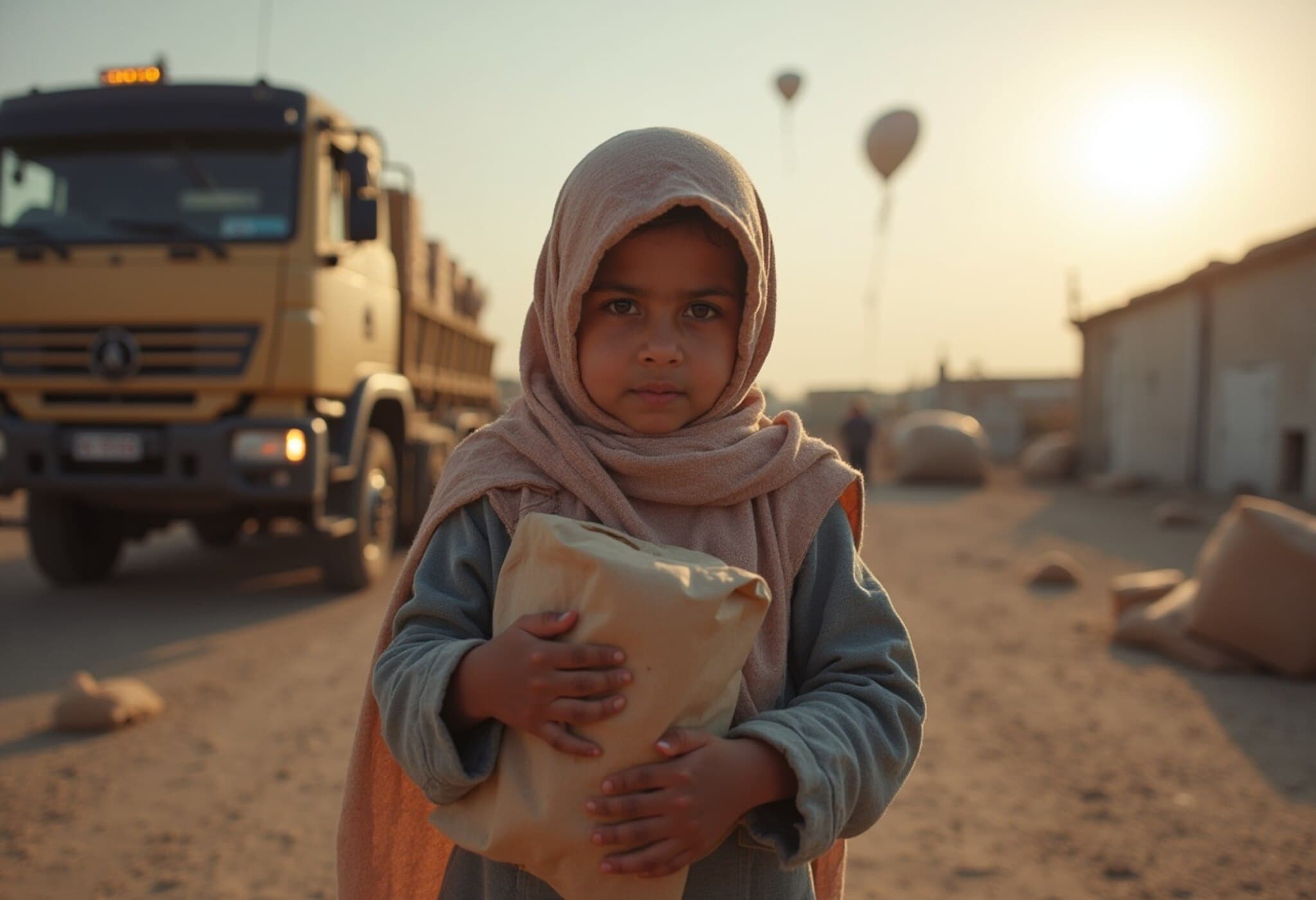Tragic Loss of Life as Palestinians Await Vital Aid in Gaza
On Sunday, Gaza’s Health Ministry confirmed a devastating toll: at least 67 Palestinians were killed by Israeli fire while waiting for United Nations aid trucks in northern Gaza. The casualties climbed as additional bodies were brought into hospitals from the scene, underscoring the perilous situation for civilians seeking humanitarian assistance amid ongoing conflict.
Humanitarian Crisis Amplified
The victims, mostly displaced Palestinians, had gathered in hopes of receiving critical food and water supplies driven by UN convoys. Instead, they became victims of crossfire, highlighting the fragile security environment within the densely populated Gaza Strip. This tragic event throws into sharp relief the immense risks faced by vulnerable populations caught between warring parties.
Photos and eyewitness accounts reveal heart-wrenching scenes: desperate families clustered around water trucks at makeshift camps, such as in Khan Younis, southern Gaza. Their need for basic necessities has never been more urgent — yet the danger looming over aid delivery grows by the day.
Context and Wider Implications
This incident is part of a broader pattern where the intersection of military operations and humanitarian efforts leads to catastrophic outcomes. Security analysts warn that without secure corridors for aid and strict adherence to international humanitarian law, civilian casualties will continue to mount, further deepening the crisis.
From a policy perspective, the event raises pressing questions for international actors, particularly the UN and the US government, which often seek to mediate in this volatile region. How can aid organizations safely deliver supplies without becoming targets? What accountability mechanisms can be enforced to protect civilians?
Expert Insight: The Challenge of Aid Delivery in Conflict Zones
Dr. Sarah Levinson, a conflict resolution expert at Georgetown University, notes, “Aid convoys being attacked is a tragic illustration of how protracted conflict fractures basic humanitarian norms. Efforts to establish ceasefires for aid passage are vital, yet fragile. The international community must intensify diplomatic pressure and explore innovative protection strategies for civilians.”
Furthermore, the psychological trauma endured by survivors and families of the victims adds another painful layer. Persistent violence erodes public trust in institutions meant to safeguard human rights, perpetuating cycles of anger and instability.
What’s Next?
- Urgent calls for ceasefire and protected humanitarian corridors continue to rise from global leaders.
- Humanitarian agencies are pressing for greater monitoring and transparency in aid distribution.
- Regional diplomatic efforts seek renewed dialogue to halt violence against civilians.
As Gaza endures ongoing conflict, the international community faces a crucial test: balancing political complexities with the imperative to save human lives.
Editor’s Note
This tragic incident brings into sharp focus the human cost behind headlines and statistics. Beyond immediate accountability, the broader question emerges — how can sustainable peace and security be fostered in regions where aid delivery itself becomes a battlefield? Readers are encouraged to consider the multifaceted challenges refugees and humanitarian workers face, and to stay informed through verified, credible news sources amid the fog of conflict.

